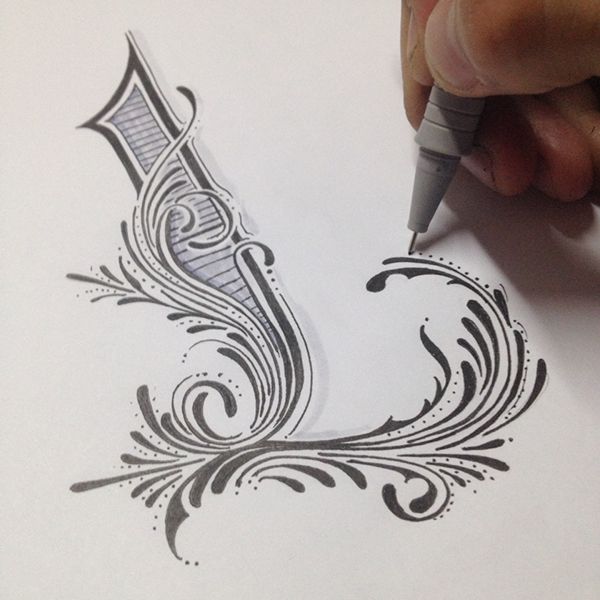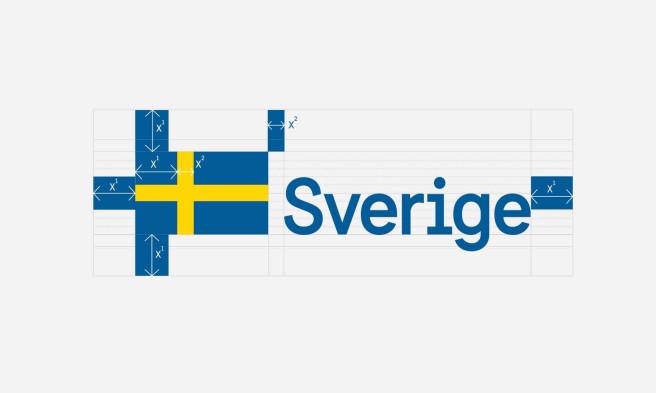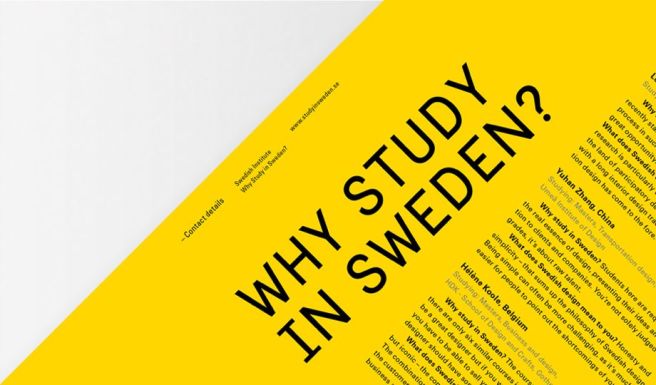I have just attended a presentation by guest speaker, Javier Gimeno-Martínez (of VU University, Amsterdam), in which he spoke about how the branding of Belgian regions combines references to local history with hopes for the united EU future.
Javier described nation branding as “a graphic negotiation with the past, present and future”. He observed that location brands (or indeed, many corporate brands too) incorporate flags, coats of arms, or other historicaly-established symbols in order to use “the weight of the past to legitimise new institutions”. Symbols of the past, he observes, are used by established institutions to maintain their power, and by new institutions to legitimise their place in a competitive market.
for nation branding in particular, historical or traditional symbols reflect the citizen’s perception of a “shared place” and “shared community” that may have existed even before the nation was officially formed. Belgium was only recognised as a country in 1939, but it’s people recognise a shared community that extends back far further into history. The same can be said of many commercial brands, which may have only existed for a few years, but which seem to express longevity and tradition, and a community with a shared cultural history.
Javier noted that it is the audience that primarily drives the design of these brands, as it is the people of a nation who perceive their own history. Moreover, those that have most vocal interest in their national identity – nationalists – tend to have strong views about their cultural history.
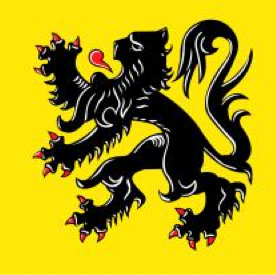
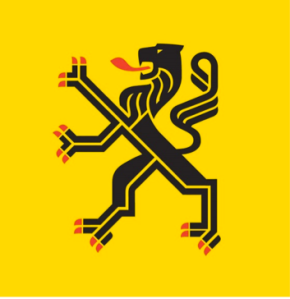
He discussed Belgian regional brands in relation to Belgian’s tripartite personal identities, as Flemish/ French/Dutch, as well as Belgian and European. Historical branding of European locations has been particularly meaningful since the establishment of the EU, which represents modernity and unity. In most cases (except, he observed, Sweden), local regions feel the need to assert their local histories in contrast to the modernity of the EU. Even Brussels, which is the centre of the EU, is branded with an iris, drawn in art nouveau style. The image uses EU colours – blue and yellow – but maintains a historical motif and style. to maintain a connection with the past. Javier notes that such historical motifs almost always trump the values expressed by modern symbols. Even when national or regional brands do incorporate modern elements, it is usually only in colour and style. The central motif is almost always historical in its origins.

It is interesting to consider these ideas in relation to the proposed redesign of the New Zealand flag. Though NZ is a relatively recent nation, its current and proposed flags aim to acknowledge histories. The current flag includes a Union Jack, thereby reinforcing the connection to its colonial past as part of the British Empire; the proposed flags nearly all contain Maori elements, thereby aiming to reclaim the history that was eroded/denied by colonial powers. Those proposed designs are an attempt to assert NZ’s cultural history before it became an official nation. Both flags contain historical elements, but reflect different histories.


